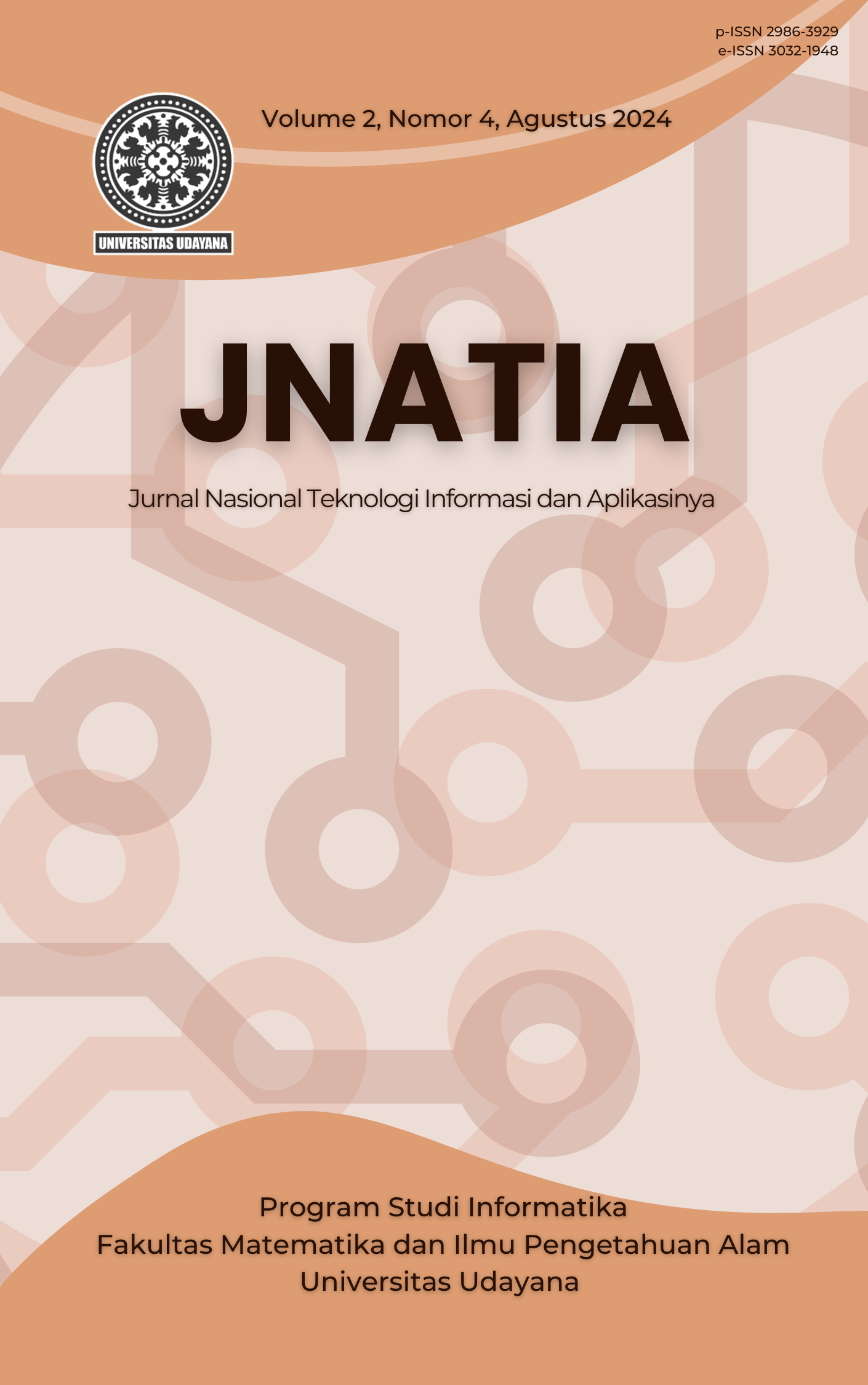Perancangan User Interface Aplikasi Layanan Kesehatan Mental Melalui Pendekatan Design Thinking
Abstract
Mental health apps have attracted significant attention as a digital solution to address psychological well-being issues. This study aims to design an intuitive and user-friendly interface for a mental health app using a design thinking approach. The methodology used involved five stages: empathy, problem definition, idea development, prototyping, and user testing. Through empathy mapping and interviews with stakeholders, user needs and challenges were identified. Based on these insights, core problems were defined, and idea development techniques were used to generate design concepts. An interactive prototype was developed and evaluated using the System Usability Scale (SUS) method involving 10 participants. The average SUS score of 76.5 indicated good usability and user acceptance. However, user feedback was integrated for further optimization. This study concludes that the design thinking approach effectively facilitated the creation of an intuitive and user-centered interface for a mental health app. Future research can explore the integration of advanced features and evaluate the app's impact on mental well-being outcomes.




